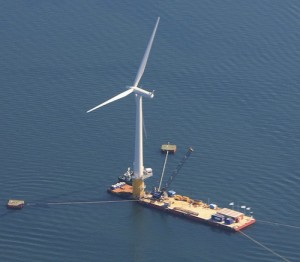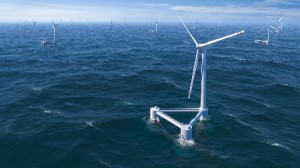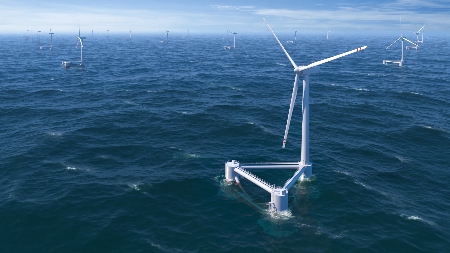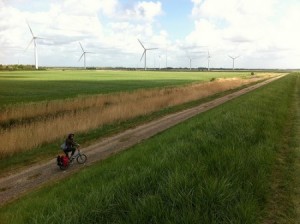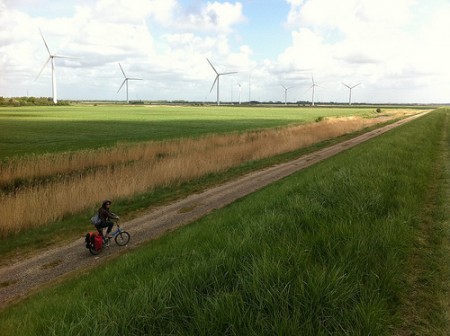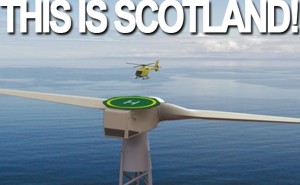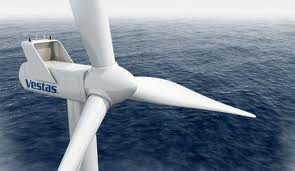By Tyler Hamilton
Wind power is one of the fastest-growing forms of power generation in the United States, with more capacity added onshore than coal and nuclear generation combined over the past four years. But to sustain that high growth rate into the next decade, the industry will have to start tapping offshore wind resources, creating a need for wind turbines that are larger, lower-maintenance, and deliver more power with less weight.
To support research in this area, the U.S. Department of Energy has awarded $7.5 million to six projects, each aiming to develop advanced drivetrains for wind turbines up to 10 megawatts in size. Five of the projects use direct-drive, or gearless, drivetrain technology to increase reliability, and at least two use superconductivity technologies for increased efficiencies and lower weight.
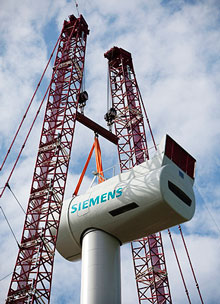
Current designs can’t be scaled up economically. Most of the more than 25,000 wind turbines deployed across the United States have a power rating of three megawatts or less and contain complex gearbox systems. The gearboxes match the slow speed of the turbine rotor (between 15 to 20 rotations per minute) to the 2,000 rotations per minute required by their generators. Higher speeds allow for more compact and less expensive generators, but conventional gearboxes—a complex interaction of wheels and bearings—need regular maintenance and are prone to failure, especially at higher speeds.
On land, where turbines are more accessible, gearbox maintenance issues can be tolerated. In rugged offshore environments, the cost of renting a barge and sending crews out to fix or maintain a wind-ravaged machine can be prohibitive. “A gearbox that isn’t there is the most reliable gearbox,” says Fort Felker, direct of the National Renewable Energy Laboratory’s wind technology center.
To increase reliability and reduce maintenance costs, a number of companies—among them Enercon and Siemens of Germany, France’s Alstom and China’s Goldwind Global—have developed direct-drive or “gearless” drivetrains. In such a setup, the rotor shaft is attached directly to the generator, and they both turn at the same speed. But this introduces a new challenge: increased weight.
To achieve the power output of a comparable gearbox-based system, a direct-drive system must have a larger internal diameter that increases the radius—and therefore the speed—at which its magnets rotate around coils to generate current. This also means greater reliance on increasingly costly rare-earth metals used to make permanent magnets.
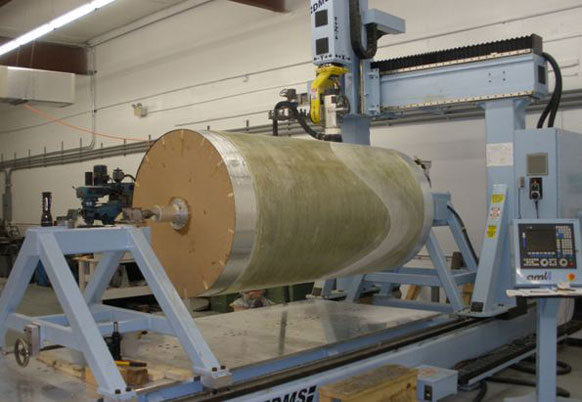
Kiruba Haran, manager of the electric machines lab at GE Global Research, one recipient of the DOE funding, says direct-drive systems get disproportionately heavier as their power rating increases. A four-megawatt generator might weight 85 tons, but at eight megawatts, it would approach 200 tons.
GE believes it can develop an eight-megawatt generator that weights only 50 tons by adapting the superconducting electromagnets used in magnetic resonance imaging. Unlike a permanent magnet, an electromagnet creates a magnetic field when an electric current is applied to it. When made from coils of superconducting wire, it has no electrical resistance, making it more efficient, with the caveat that it must be cooled to minus 250 °C. The approach would eliminate the need for rare-earth materials, assuming GE can lower the cost enough to make it commercially viable.
Florida-based Advanced Magnet Lab, which also received DOE funding, believes it can build a 10-megawatt generator that weighs just 70 tons. As with GE’s technology, the core of the company’s innovation is a superconducting direct-drive generator. The company has developed a compact coil design based on double-helix windings that can carry high currents and handle the immense magnetic forces produced in the system.
Advanced Magnet Lab president Mark Senti says the high cost of superconducting materials and of cryogenically cooling makes no sense for today’s three-megawatt wind turbines. But beyond six megawatts, he argues, the systems become competitive with conventional generator designs. At 10 megawatts, “it gives you the highest power-per-weight ratio.”
There’s also significant room for advancement. Senti says most superconducting wiring costs $400 per meter today, but new materials made out of inexpensive magnesium and boron powders promise to lower costs substantially. With improvements in manufacturing and less expensive cooling techniques, Senti figures superconducting technology could eventually become economical for wind turbines as small as two megawatts, making it ideal for both onshore and offshore markets.
Superconductivity isn’t in everyone’s plans. One of the other funding recipients, Boulder Wind Power, is focused on designing a better stator—stationary coil—for direct drive systems. Instead of copper wiring wound around a heavy iron core, the company’s stator is made of printed circuit boards. These lightweight components can be manufactured in high volume and assembled in modules, making them easier to repair in remote offshore locations. “With this design, you just send a couple of guys out there to remove a stator segment and literally plug in a new one,” says Derek Pletch, vice president of turbine development at Boulder Wind.
NREL, meanwhile, is taking a hybrid approach by designing a medium-speed drivetrain that uses a simpler single-stage gearbox and a medium-sized generator. Felker says the approach can be easily adapted to existing designs and be picked up in the marketplace faster. Clipper Windpower and Dehlsen Associates also received funding. After six months, the DOE is expected to shortlist the designs and contribute an additional $2 million to each project for performance testing.
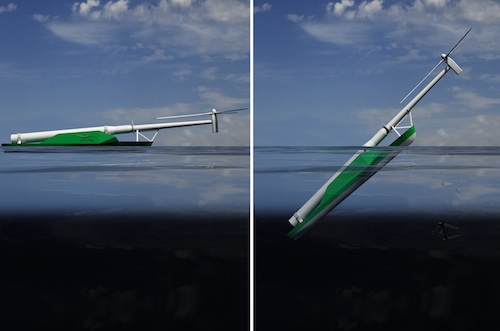
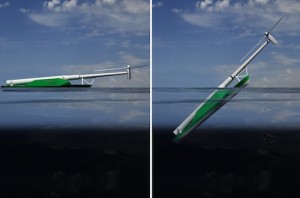
 Follow
Follow